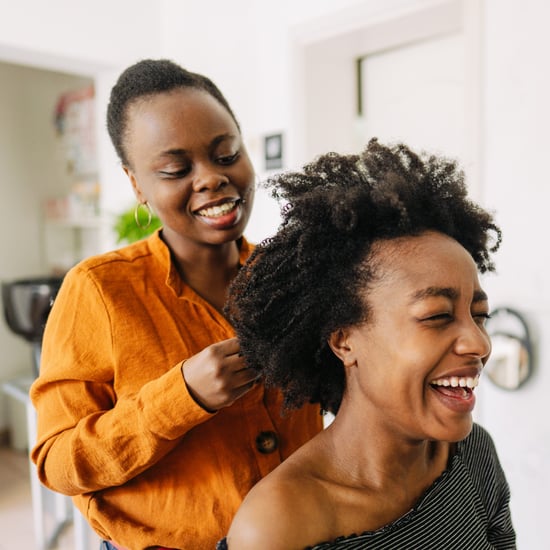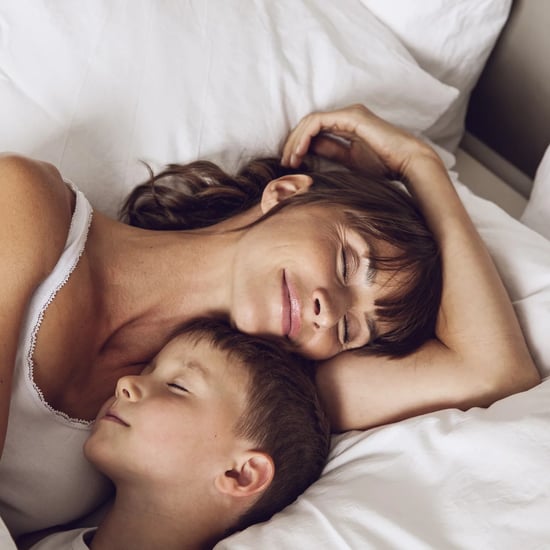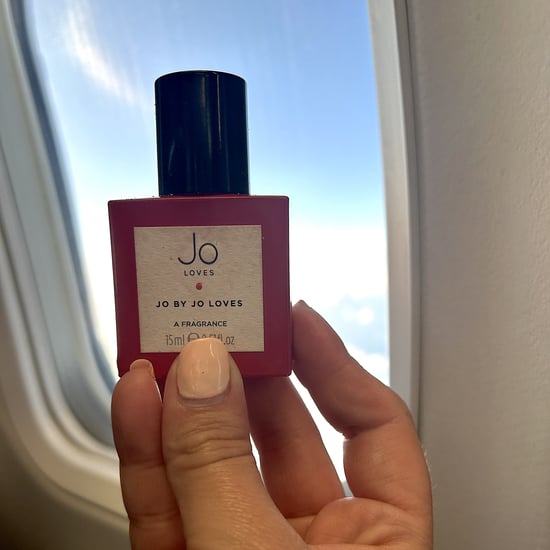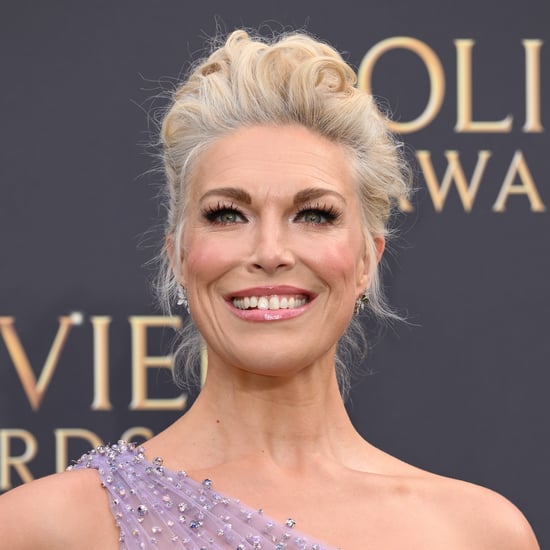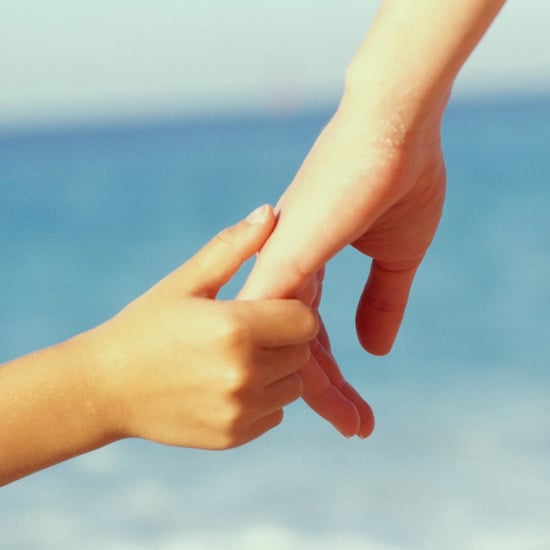How The Other Black Girl Portrays Racism in the Workplace
How "The Other Black Girl" Gets Racism in the Workplace Right — and Wrong
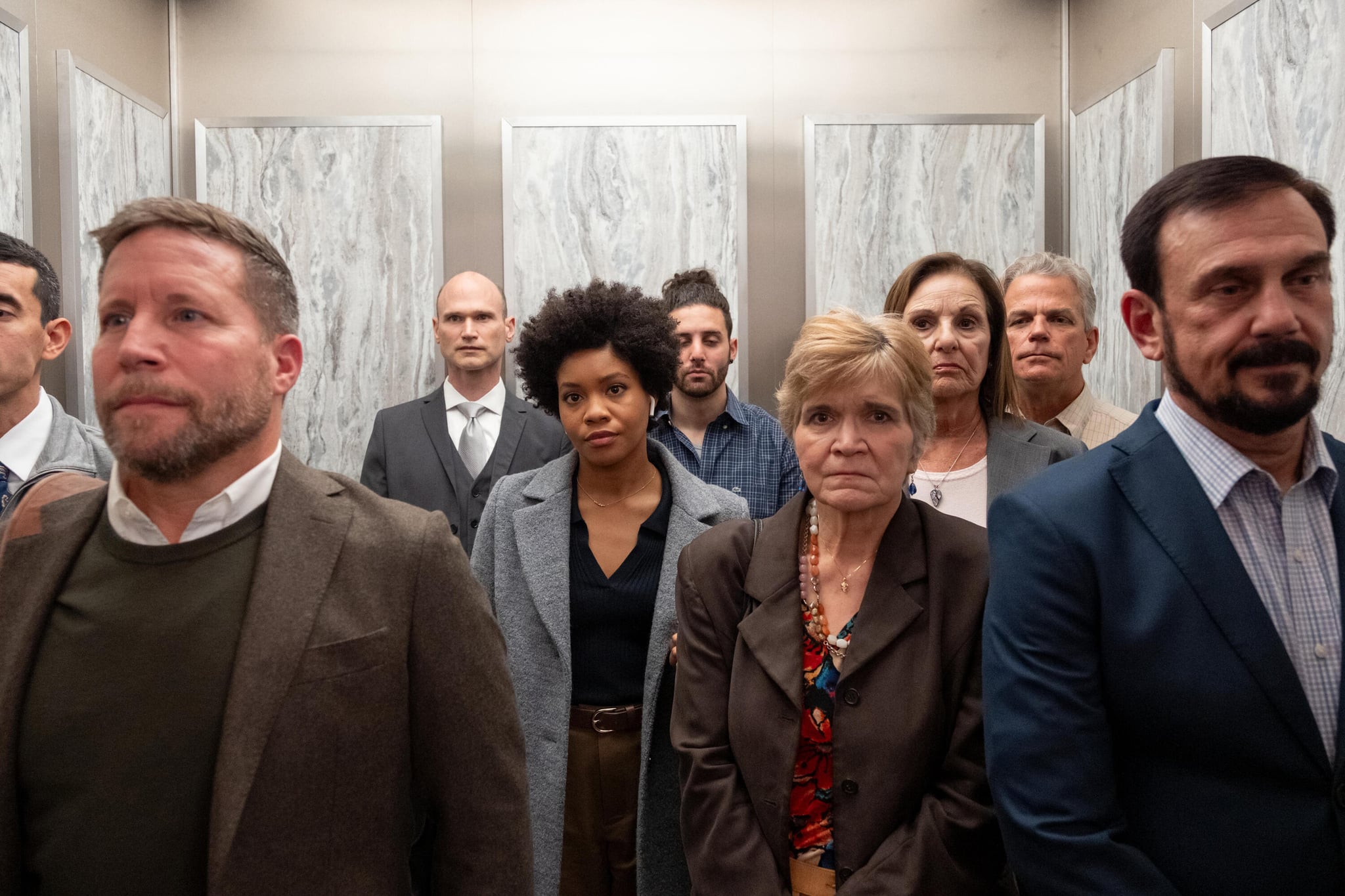
"The Other Black Girl", Disney+'s new series based on the best-selling novel by Zakiya Dalila Harris, is an important addition to the streamer's arsenal as a show that centres on the hostile environments that Black women can face in the workplace. It's a near-universal experience for many Black women and is finally being represented on screen.
But when the show takes a turn and reveals the main villain to be another Black woman perpetuating violence against her own community, the show falls short, creating a world where Black women are pitted against each other. As a Black woman who has often been the "only" in workplace settings, the experiences that Nella (played by Sinclair Daniel) goes through at Wagner Publishing resonated. But, unlike Nella, I always had Black colleagues to lift me up, not keep me down.
I have always found that the Black women I worked with had my back.
In "TOBG", Nella experiences a workplace that feels familiar to many Black women: constant microaggressions alongside the classic refrains of "I hear you and I'm listening" and "diversity matters" from well-meaning white colleagues. Add in having to work with a racist author (who in episode two says, "I don't see colour, I see characters") and the fact that Nella stays working at Wagner is a testament to her resilience and her supportive best friend, Malaika (Brittany Adebumola).
Nella is the only Black person in the office, until Hazel (Ashleigh Murray), the "other" Black girl, shows up, and Nella has a friend. Hazel immediately becomes a confidant; she can roll her eyes alongside Nella when she has to stop wearing her preferred lotion because her boss "doesn't like the smell" in episode one. But when Hazel starts to undermine Nella — and Nella becomes surrounded by Hazel's suspicious friends with straight hair and weird behaviour — something doesn't add up. What Nella finds as she peels away the layers is a conspiracy years in the making.
On the one hand, "TOBG"'s portrayal of Black women's experiences in the workplace is extremely realistic. As a young Black person working in nonprofit organisations — overworked, underpaid, and at the whim of racism and capitalism — there were times I felt like I was losing my mind. I'd overthink every snide comment, every missed opportunity, and every side-long glance. When I realised that proximity to whiteness and assimilation might be the only way to reach success, I felt the pressure to climb up that ladder, at any cost; to push down those around me until I rose up, the final survivor in the gauntlet of a racist workplace culture. But when I started my own journey into understanding racism and systemic and institutional oppression, I realised that I couldn't be successful alone. I needed a community of other Black women trying just as hard to succeed, fighting just as hard to challenge racism in the workplace.
"The show had an opportunity to show how Black women, so often, actually work together against this racism."
The show had an opportunity to show how Black women, so often, actually work together against this racism. But instead, it seems almost obsessed with portraying what it means to cater to whiteness. In episode nine, Diana, the cult leader aiming to turn Black women into mindless but successful puppets through hair grease, says that "it took the right people to get me to where I am today." And when she says "right people," we know she actually means white people, not those in her own community. And this is what "TOBG" gets wrong: although Black women are indeed often pitted against each other by others, the story here becomes too much about whiteness and proximity to whiteness. Take, for example, when Hazel undermines Nella when she voices complaints about Colin Franklin's stereotypical and racist portrayal of a Black secondary character in his book. Hazel is ultimately catering to the feelings of a white man instead of being in a collective community with her fellow Black colleague, who is bravely speaking her mind.
It was extremely unsettling as a Black woman to watch all this play out. Although the ultimate villain is capitalism and racism, the people who are leading the charge to silence and quell Black women are other Black women. And that can lead to harmful and negative stereotypes about Black women and their interactions in the workplace. In my experiences, especially in nonprofits, I have always found that the Black women I worked with had my back — whether it was a subtle nod in the hallway, eye contact in a meeting when something harmful was said, or a quick "you there?" in a Teams message when things were rough. The work relationships I have had with other Black women were more like Nella and Malaika's friendship: supportive, ride or die, showing what happens when Black women trust each other and stick together against the horrors of racism.
The show frustrated me for many reasons, but I do think the overarching message is an important one: it's a story about the real horrors that Black women face in the workplace and acknowledges that we are sometimes the ones keeping our own communities down. But the real villain, in the end, shouldn't be Black folks. The real villain should be the perception that proximity to whiteness is needed in order to succeed. When the stories being made about us focus on the horror within our community instead of the ways the Black community can rise together against the horrors perpetuated against us, we all miss out.
